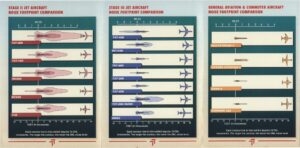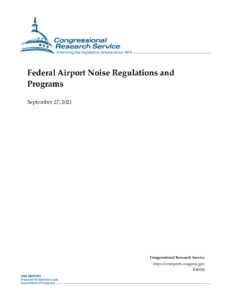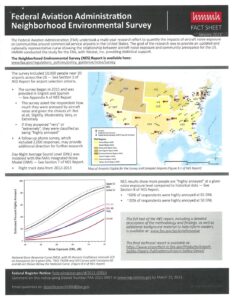
Lawmakers examine FAA response to aviation noise, say more public outreach is needed
The number of people affected by loud aircraft has declined significantly over the past several decades Lori Aratani March 17, 2022 at 7:08 p.m. EDT A Southwest Airlines jet takes off from BWI Marshall Airport. (Katherine Frey/The Washington Post) Federal Aviation Administration officials told lawmakers Thursday that they have improved efforts to work with communities
Federal Airport Noise Regulations and Programs crsreports-R46920

Cutting Through All the Noise
How the FAA is Working to Reduce the Impact of Aircraft Noise FAA Safety Briefing By Tom Hoffmann, FAA Safety Briefing Managing Editor Growing up in a neighborhood just over a mile north of JFK Airport’s Runway 22R/L, I know a thing or two about aircraft noise. We’re talking about the mid-1970s too, when 707s,
Navy should use our data on Growler noise, not dismiss it
Jan. 8, 2021 at 12:19 pm Updated Jan. 8, 2021 at 12:19 pm An EA-18G Growler engine’s thrust with afterburner propels its takeoff with a loud roar from Naval Air Station Whidbey Island during an exercise. (Ken Lambert / The Seattle Times) By Lauren Kuehne and Julian Olden Special to The Times We are the scientists
FAA Neighborhood Environmental Survey January 2021 HMMH

The Noise Center
Hear for the Future® The Center for Hearing and Communication is proud to offer the Noise Center as a public service for people seeking information about the dangers of noise exposure and the steps they can take to promote a safer and quieter world. Exposure to noise is the leading cause of hearing loss—not age.
Common environmental noise levels
How loud is too loud? Continued exposure to noise above 85 dBA (adjusted decibels) over time will cause hearing loss. The volume (dBA) and the length of exposure to the sound will tell you how harmful the noise is. In general, the louder the noise, the less time required before hearing loss will occur. According
The impact of noise on childhood cognitive development
Poor classroom acoustics: The invisible reason Johnny can’t read. Poor classroom acoustics create a negative learning environment for many students, especially those with hearing or learning difficulties. According to a report by David Lubman (“America’s Need for Standards and Guidelines to Ensure Satisfactory Classroom Acoustics”) “acoustical conditions in many classrooms are unsuitable for such tasks